Hydrastis canadensis
Goldenseal, Hydrastis canadensis, is a prized medicinal plant native to North American woodlands.
Because this perennial has been among the top best-selling botanical supplements in the US for many years, creating high market demand, it is now at risk of extinction in the wild.
However, this gives growers the opportunity to protect a highly vulnerable species through cultivation. Growing goldenseal will certainly make you a medicinal plant conservation steward!

We link to vendors to help you find relevant products. If you buy from one of our links, we may earn a commission.
In addition to this perennial herb having revered healing attributes, it’s also a charming addition to gardens where it can grow into a graceful ground cover that’s deer-resistant.
In this guide, we’ll cover everything you need to become inspired and prepared to welcome this enchanting woodland species into your garden or landscape.
Here’s what’s ahead:
What You’ll Learn
Cultivation and History
Hydrastis canadensis is a slow-growing and long-lived herbaceous perennial member of the Ranunculaceae family that emerges in early spring.
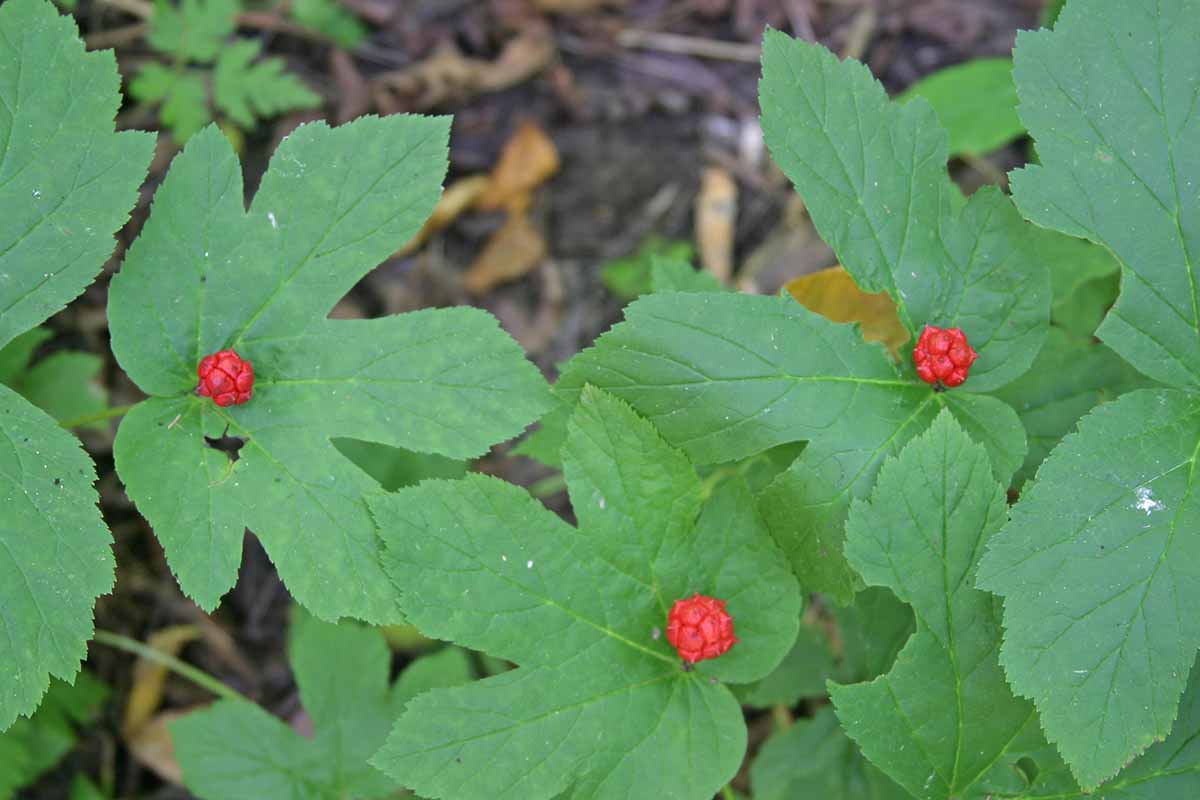
Hardy in Zones 3 to 8, this species is native to North America, particularly in the central and eastern hardwood forests of the US and southern Canada. It thrives under the canopy of trees, in soil that is moist but well-drained and rich in humus.
This medicinal species’ wild population is at risk, making cultivation an essential part of plant conservation.
The two leading causes for this plant’s vulnerability are habitat loss and wild harvesting for the commercial herb market. The plant’s conservation status varies depending on location.
As of 2020, it is listed by the USDA as endangered in Connecticut, Georgia, Maine, Massachusetts, Minnesota, New Jersey, and North Carolina, and as a species of “special concern” in Tennessee. In addition, it’s listed as “threatened” in Maryland, Michigan, and New York, and in Pennsylvania as “vulnerable.”

In response to the severity of goldenseal’s status, United Plant Savers launched a program in the fall of 2019 called “Hope for Hydrastis,” a five-year project to promote the propagation of H. canadensis.
As the propagation program expands, they will share growing tips for growers and farmers to learn from their experience.
According to “The Forest Farmers Handbook: A Beginners Guide to Growing and Marketing At-Risk Forest Herbs” by United Plant Savers and Rural Action, their growth can create large dense populations with up to 100 stems recorded growing in a three-by-three-foot plot.

If you are interested in owning a paperback copy, this book is also available for purchase on Amazon.
This perennial spreads via underground roots, and mature plants can reach six to 14 inches tall.
They have rich green palmate-shaped foliage and bloom from April to May, displaying small white flowers which produce a single fruit in summer that looks like a raspberry. Note that these fruits are not edible.
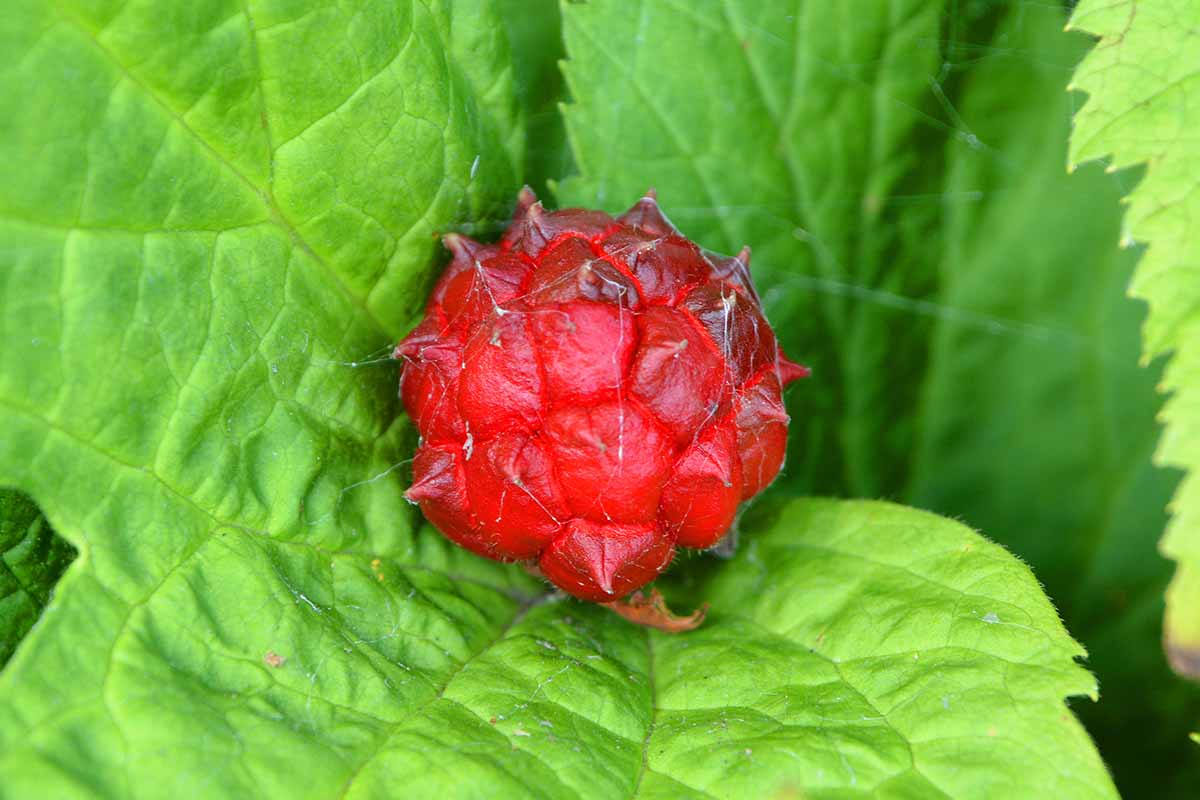
When fall arrives, the leaves and stems will die back, revealing scars resembling wax seals that are said to have inspired the plant’s common name, along with the golden color of its fibrous roots.
The main bioactive compounds of goldenseal are berberine and hydrastine.
Species containing berberine are used traditionally to help treat digestive and mucous membrane issues as well as disorders affecting the skin, throat, nose, ears, and eyes. Barberry, Berberis vulgaris, also contains high levels of berberine.
The other major alkaloid found in goldenseal, hydrastine, among a list of other bioactive compounds found in the plant, is noted for killing bacteria and fighting off bacterial infections. It’s also considered a central nervous system depressant and can act as a sedative.
It’s important to be aware that this compound can be uterotonic, meaning it may induce contractions, and is also claimed to be an abortifacient.
Goldenseal is also valued as an immune system enhancer and synergistic herb, and you will see it commonly combined with echinacea, which is said to support the effectiveness of these actions.
The American Botanical Council’s 2020 market report of top-selling herbal supplements lists the goldenseal-echinacea combination at number 12, with a total sales figure of over seven million dollars for the year.
Before commercial interest in the healing properties of goldenseal arose, the roots were used by Indigenous people to help treat various ailments.

The Iroquois use the plant to remedy digestive complaints and to help fight infections.
The roots are considered a health tonic by the Cherokee. Parts of the plant are also a common ally for Indigenous people in treating snakebites, and it may be used to make a yellow dye.
The rich history and current at-risk status of this native woodland perennial makes it an excellent candidate to cultivate in a medicinal garden or as an ornamental ground cover.
Propagation
We will cover the two ways to propagate goldenseal, from seed and by taking rhizome cuttings.
Remember that growing goldenseal from seed will require more time and attention than starting new plants from rootlets.
However, this should not deter you from seed cultivation. Using either of these methods is a regenerative approach to cultivating this perennial.
If you are purchasing seed or rhizome cuttings, it is important to check your sources to prevent overharvesting in the wild. Make sure you only harvest rhizomes from cultivated plants.
From Seed
The seeds can be collected from existing plants after the berries ripen in late summer. You can either sow them immediately after you collect them, or stratify and store them in a refrigerator for up to three months and sow them in the spring.
Sow seeds half- to three-quarters-of-an-inch deep and one to two inches apart in a shady prepared bed and cover with soil.
Top with one to two inches of leaf litter. Water as needed to maintain even moisture in the bed while making sure not to oversaturate the soil. The leaf litter will also help to retain some moisture.
This perennial is a slow grower and can sometimes take up to two seasons to produce any visible signs of vegetation. True leaves will emerge in one to two years.
Rhizome Division
The most reliable method to propagate goldenseal is through rhizome cuttings.
Once a plant is mature, usually in its third to fifth year of growth, the rhizomes can be dug up and divided for propagation. Planting goldenseal rootlets is recommended in the fall or early spring since they require a period of cold dormancy.
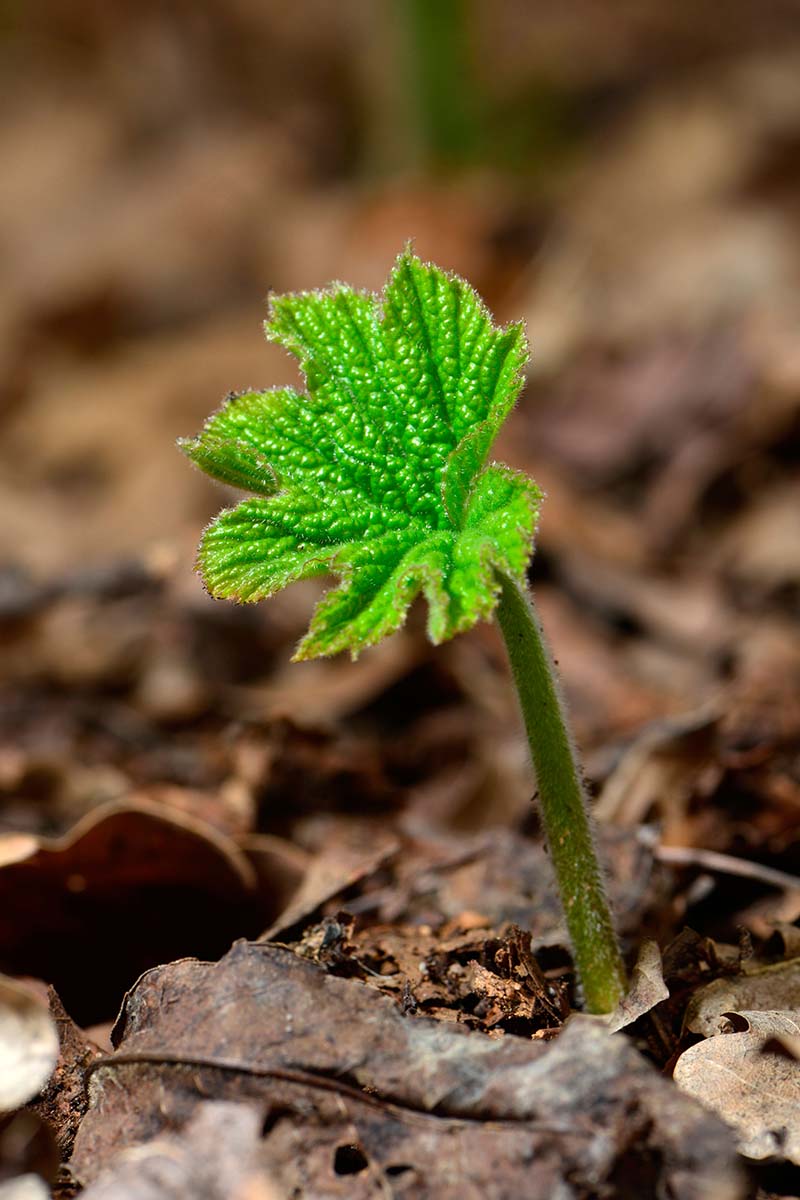
You can gather rhizomes when the plant begins to go dormant during the cold season.
If needed, push mulch to the side to locate the plant, then gently dig with a fork about a foot around the crown and gather some fibrous roots while leaving enough behind to reestablish.
If you happen to uproot more than planned, you can easily plant them back, and they will recuperate and grow again.
Leaving the fibrous roots attached, divide and cut rhizomes into half- to one-inch pieces. Each piece should have at least one bud.
With the bud pointing upward, plant each rhizome in a prepared bed about one to two inches deep, spaced one foot apart.
Maintain a one- to two-inch layer of mulch on top until the plants sprout. Water the bed as needed to maintain even moisture without waterlogging the growing space. Producing mature roots from cuttings can take three to five years.
From Seedlings/Transplanting
Once seedlings have grown at least one set of true leaves, they are ready to be transplanted. It’s best to plant them out in spring.
Select an area with dappled shade that has deep, loamy, slightly acidic soil. If needed, till the soil to loosen it, break up clumps, and remove rocks prior to planting. If growing more than one plant, space them one foot apart.
How to Grow
Goldenseal is usually cultivated in woodland beds under tree canopies or in shade houses since it requires a shady environment to grow.
If you don’t have a wooded area in your backyard, you can consider constructing a shade house or other type of structure – such as a vine-covered arbor – to successfully cultivate this plant.
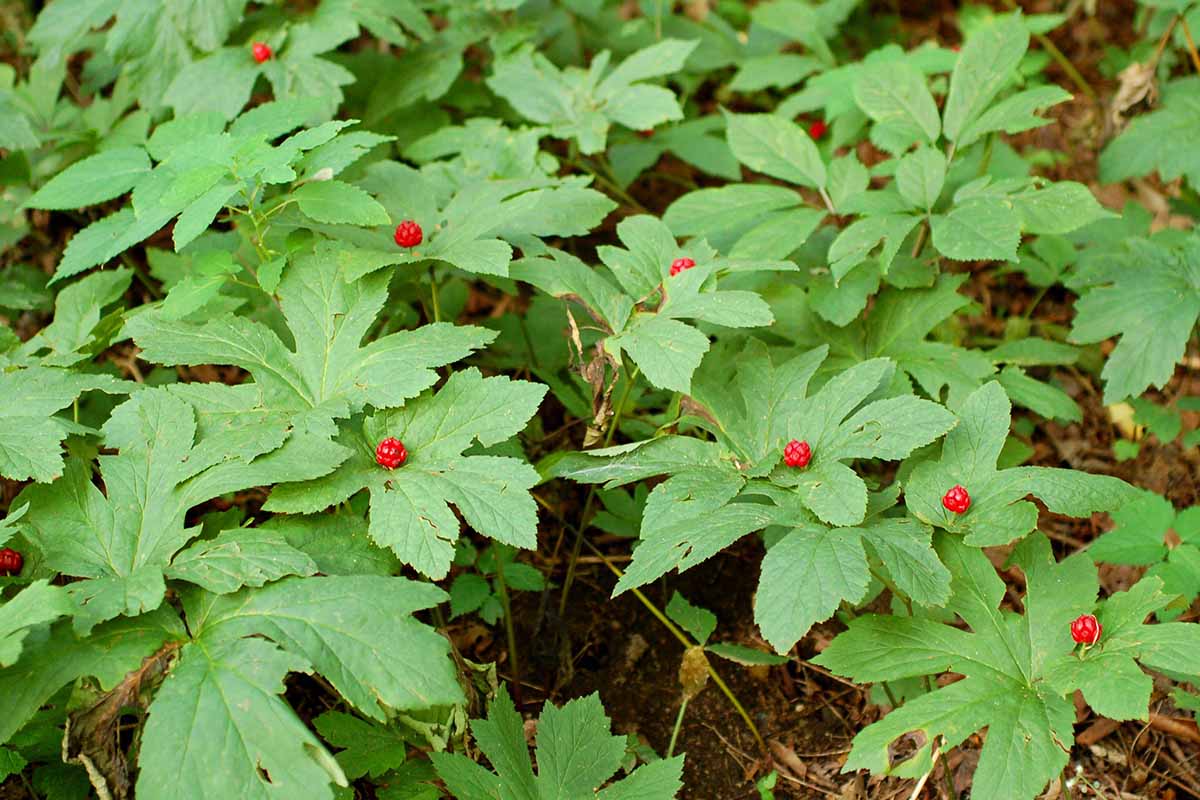
If you are unsure if the soil you plan to plant in contains the organic matter that is essential for this perennial to thrive, you can amend it with compost.
Maintaining a soil pH of 5.5 to 6.0 will produce a higher root yield.
Plants require the correct pH levels to absorb nutrients and you can take the guesswork out of knowing the pH of your growing space by having an easy pH soil tester on hand.
Gardener’s Supply carries one that contains 10 test capsules and includes a pH preference list for over 450 plants.
Because goldenseal prefers moist soil and no weed competition, the growing area should be mulched and weeded as needed, and may require replenishment after a few years. The best mulch to apply is one comprised of leaves and hardwood bark chips.
When grown in the conditions that goldenseal prefers, little to no irrigation is needed once plants are established.
However, drought conditions may necessitate supplemental watering if you don’t want the plants to go dormant sooner than usual.
Growing Tips
- Cultivate in soil with a pH of 5.5 to 6.0.
- Grow in full to part shade.
- Maintain a layer of mulch.
Where to Buy
As mentioned, because of its at-risk status, goldenseal should never be dug up or harvested from the wild.
You can check your local native plant sales, specialty seed purveyors, or contact a native plant society – the American Horticultural Society has a list, organized by state.
If you are purchasing online, make sure to verify the source of any plants or cuttings.
Managing Pests and Disease
When growing this woodland perennial in forest conditions, you will experience very few, if any, issues.
However, if you are cultivating it in a space that requires more intervention to mimic the environment where this species thrives, you might be met with a few pests that are simple to manage.
Herbivores
Good news! There’s just one herbivore to look out for that has the potential to be a pest during certain years and seasons.
Voles
Voles (Microtus arvalis) are omnivores and will mainly eat stems and grass. It’s helpful to know that their populations increase in cycles about every three to five years.
They are most active in early spring, and most of the time, healthy plants can bounce back from the damage they cause.

If you noticed any of your root crops or flower bulbs being nibbled on and disturbed, that might be a sign of vole activity.
Their front teeth will leave quarter-inch grooves arranged side by side in wood, as they enjoy chewing on bark near the base of trees and shrubs.
The best and most ethical way to control voles is by growing plants that might be susceptible to damage away from lawns, since they enjoy eating blades of grass.
Also, since they are not good climbers, it’s easy to protect your goldenseal plants by fencing them with a half-inch mesh that is buried six to 10 inches deep and extends at least 12 inches above the ground.
Pests
Most gardeners are familiar with one of the common pests mentioned below: slugs.
But root-knot nematodes might be an unfamiliar foe that has the potential to negatively affect your root harvest if an infestation is not addressed.
Slugs
Technically speaking, slugs are more closely related to octopi than insects, and belong to the Gastropoda class in the phylum Mollusca.
If populations are not controlled, slugs can eat the entire crown of plants. If they become a nuisance and natural methods like beer traps don’t work, you can pull mulch away from around the plants, so slugs have a more challenging time reaching the foliage.
Learn more about the best natural methods to protect your garden from slugs in our guide.
Root-Knot Nematodes
Root-knot nematodes (Meloidogyne spp.) have the potential to damage goldenseal roots.
These microscopic roundworms pierce roots and lay eggs inside, giving the roots a “knotty” appearance. This can wilt or stunt plants and may leave them prone to Fusarium wilt infections.
Learn more about root-knot nematodes and how to control them in your garden in our guide.
Disease
As this perennial becomes more popular in cultivation outside its woodland habitat, so do the common diseases that may affect its growth.
Botrytis Leaf Blight
According to Mary Predny and James Chamberlain, authors of Goldenseal: An Annotated Bibliography, published by the USDA Forest Service, Botrytis leaf blight was the primary disease reported by commercial growers in the early 1990s, and in fact dating as far back as 1918!
It typically appears late in the season.
Botrytis squamosa fungi damages leaves by causing spotting that is white and sunken. The spores are spread through the air, and when moisture is present on foliage, these will germinate and damage leaf tissue.
Inadequate air circulation and moisture on leaves can promote the growth of this disease.
Recommended control consists of removing the affected foliage. In heavily infected areas, remove and replace mulch once plants have gone dormant.
Fusarium Wilt
Fusarium wilt is caused by the fungus Fusarium oxysporum f. sp. lycopersici. The pathogen can enter through root damage caused by nematode feeding.
It can also spread through soil that is already contaminated since it can survive for many years in the ground and in natural debris.
The entire plant will wilt and turn yellow, with leaves eventually turning brown and falling off.
Remove and dispose of infected specimens and keep in mind that more acidic soils can make the issue more severe. Controlling nematode populations can also help prevent this disease.
Harvesting and Preserving
Once your goldenseal plants have grown for three years, and after the fruit has matured, you can harvest roots by carefully digging them up with a fork during the fall. Some people will also harvest leaves at the same time.
To ensure a healthy stand, leave some mature plants behind. Only gather what you need while leaving more roots than what you have harvested to continue growing, to ensure an abundant stand for years to come.
Make sure you only harvest from your own cultivated plants and refrain from wildcrafting as this practice has severely reduced wild populations of goldenseal.

Gently spray soil off the roots with a hose and ensure root mats are separated by teasing them apart with your fingers so you can remove any soil that’s caught in the tiny root hairs.
Dry the washed roots on racks with good airflow. Roots will dry in about three to four days in a dehydrator or very low on an oven set at 100 to 110°F.
The leaves can be dried like other herbs that are used for their aerial parts, on racks or in a dehydrator.
Find more tips on drying herbs here.
Quick Reference Growing Guide
| Plant Type: | Herbaceous perennial | Maintenance | Low |
| Native to: | North America | Tolerance: | Deer, drought, freezing temperatures, juglone |
| Hardiness (USDA Zone): | 3-8 | Soil Type: | Rich, loamy |
| Bloom Time/Season: | Spring-fall | Soil pH: | 5.5-6.5 |
| Exposure: | Shade | Soil Drainage: | Well-draining |
| Spacing: | 1 foot | Attracts: | Bees |
| Planting Depth: | 1/2-3/4 inch (seeds), 1-2 inches (root divisions), depth of root system (transplants) | Companion Planting: | Black walnut, black cohosh, bloodroot, ginseng, mayapple, oak, slippery elm, sugar maple, trillium, tulip poplar, white ash |
| Height: | 6-14 inches | Avoid Planting With: | Shallow-rooted trees |
| Spread: | 12 inches | Order: | Ranunculales |
| Time to Maturity: | 3 years | Family: | Ranunculaceae |
| Water Needs: | Low | Genus: | Hydrastis |
| Common Pests and Diseases: | Herbivores, root-knot nematodes, slugs; Botrytis leaf blight, Fusarium wilt | Species: | Canadensis |
Grow Goldenseal for Good
When given the opportunity to grow a plant in peril, we act as more than gardeners; we are conservationists, which is essential for the earth’s future.
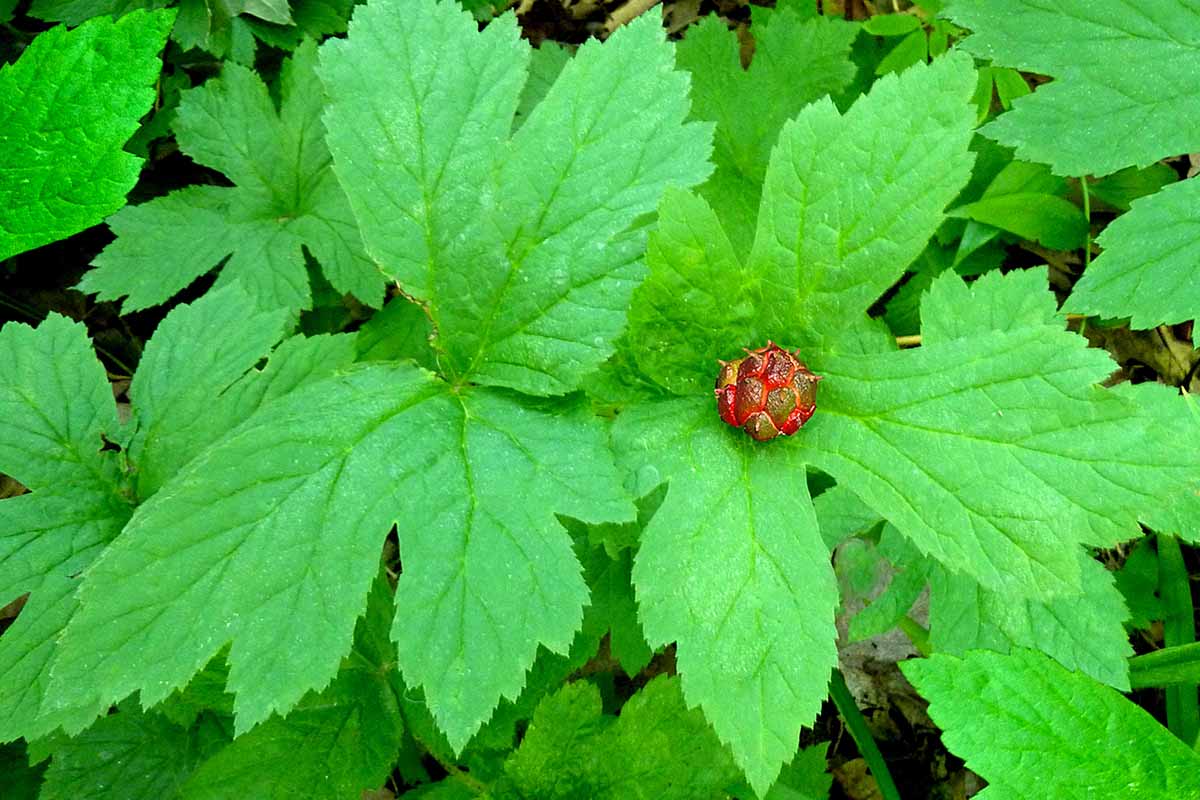
I hope this guide has provided you with the necessary knowledge needed to cultivate the growing space that a woodland perennial as extraordinary as goldenseal requires.
Are you growing goldenseal? Let us know in the comments section below!
If you found this topic intriguing and helpful, you’ll also enjoy the following guides to medicinal plants and herbs next:
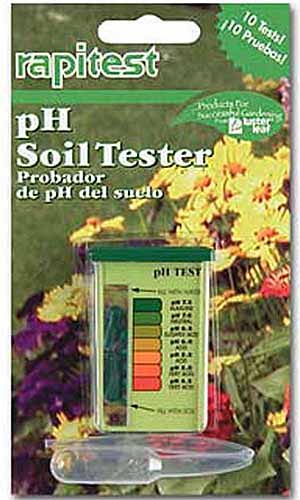
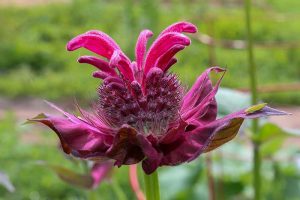
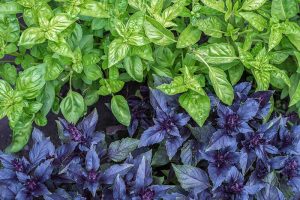
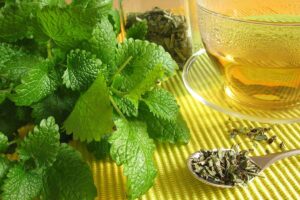
Good article. I’ve been growing goldenseal for about 7 yrs, no real problems, except late season botrytis, but is controlled with Neem oil.
Where are you located, Dave?
My sister and I are starting to cultivate hydrastis in our gardens in the uk. Original plants from a nursery in Scotland, not harvested ftom the wild.
Hi. I live in the subtropics and would love to grow goldenseal. We have the right soil and shade but I’m worried about temperature. Would it be too hot do you think? Thanks, Robyn
Hi Robyn, it really depends on how hot it gets and if you are able to provide some shelter from high temperatures. Goldenseal is hardy in Zones 3 to 8. Whereabouts are you?
This article was very helpful as it contains not only how to purchase, buy also how yo grow, propagate, etc etc!
I am looking forward to growing this amazing plant!